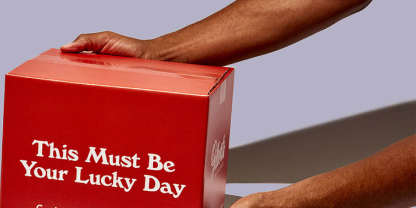
See Related Articles
Lithographic Print (Lithography)
April 25, 2022 08:34am • Est. Read Time: 2 MIN
Lithographic print, also known as "offset" or "litho" print, is the most commonly used form of print for large quantity runs of commercial packaging (primary retail packaging), magazines, posters, newspapers, and books, among many other applications. Lithography can be used to print directly onto paper, paperboard, and many other materials.
This print method works well for detailed designs with photographic elements as well as simpler designs alike, and has a reputation for color accuracy and consistency between print runs. Lithography can often accommodate heavier material weights than digital print methods.
The process: In Lithography, printing plates are photo-imaged from the original artwork in a precise process which holds very small details. These plates are then mounted onto a specialized offset press which applies ink and water in an exact amount to the plates. The image is passed from the print plate to a rubber blanket. Then, as a sheet of blank material is passed through the press, the material rolls over each rubber blanket and the inks are absorbed directly into the material. This creates crisp, accurate copies of the print images.
Commonly, lithographic print utilizes one plate for each CMYK separation: cyan, magenta, yellow, and black. Some presses can accommodate one to four additional spot colors (such as Pantones/PMS or opaque white). The lithographic process also allows for the option of spot varnishes applied with precise registration to a design.
In addition to the tooling charge of printing plates, this printing method also typically requires the purchase of a cutting die. While tooling charges and the setup for a lithographic print run are more complicated than a digital print run, it is much faster, more accurate, and more affordable to produce large quantities of a print product with this method. An additional benefit is that print plates can be reused for future print runs of the same artwork, making it attractive for high quality printed products that are likely to be restocked.
Because of the high investment in printing plates and setup, smaller print runs and proofs are not feasible off of an offset press. Color proofs off of a calibrated Epson printer, or similar, are often used to review and approve color (then this print is used on press so that the print run matches the approved color).

